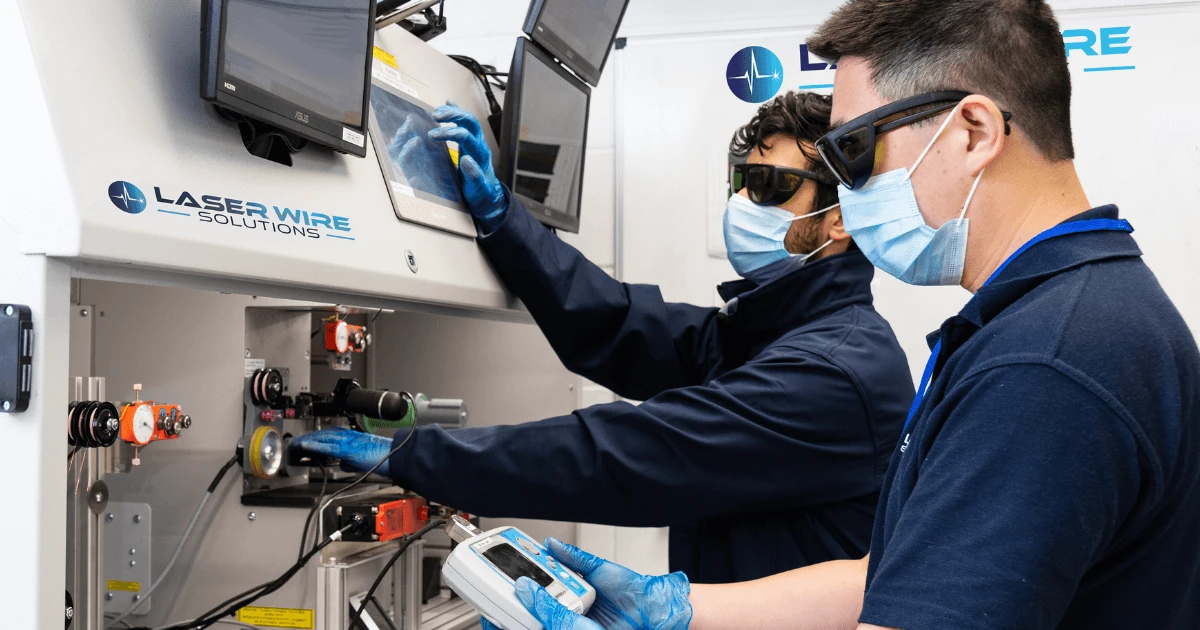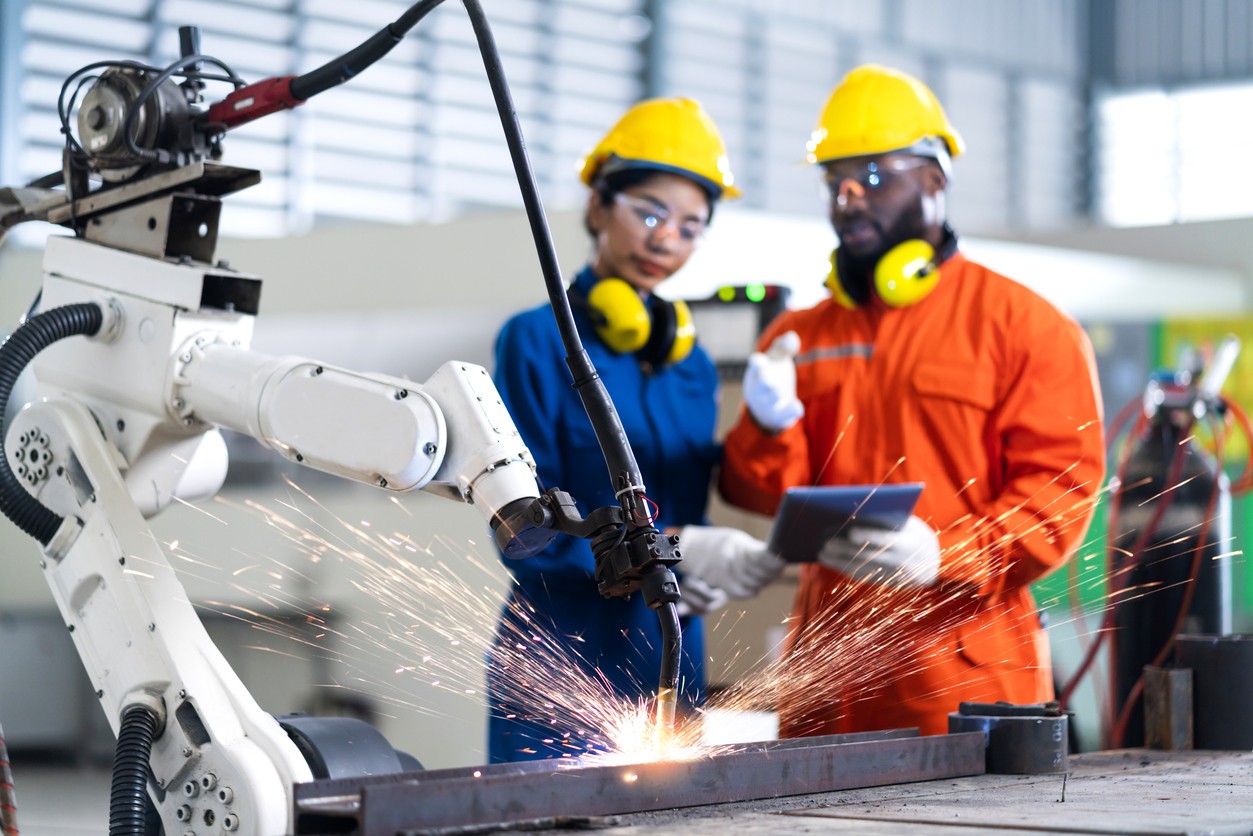Ensuring Safety When Operating Laser Machines: Best Practices

Laser machines are powerful tools that offer unparalleled precision and efficiency in various applications, from industrial manufacturing to creative arts. However, with great power comes great responsibility. Ensuring the safe operation of laser machines is crucial to protect operators and maintain a safe working environment. This guide outlines the best practices and essential safety measures to follow when using laser machines.
Understanding Laser Safety
Lasers emit highly concentrated beams of light that can pose significant risks if not handled properly. The primary hazards associated with laser use include eye injuries, skin burns, and fire risks. Understanding these risks is the first step in implementing effective safety protocols.

Key Safety Practices
1. Proper Training and Certification
Before operating a laser machine, ensure that all operators undergo comprehensive training. Training should cover the following:
- Basic principles of laser operation
- Specific machine functions and controls
- Potential hazards and safety measures
- Emergency procedures
Certification programs can also provide operators with a formal acknowledgment of their skills and knowledge, reinforcing the importance of safety.
2. Use of Personal Protective Equipment (PPE)
Wearing appropriate personal protective equipment is crucial for laser safety. This includes:
- Laser Safety Glasses: Protect eyes from direct and scattered laser beams. Ensure the glasses are rated for the specific wavelength of your laser.
- Protective Clothing: Long-sleeved shirts, gloves, and lab coats can protect skin from laser exposure and potential burns.
- Face Shields: For added protection against scattered radiation and debris.
3. Enclosed Workspaces and Barriers
Utilize enclosed workspaces and physical barriers to contain laser beams and prevent accidental exposure. Laser enclosures should be designed to:
- Absorb or diffuse laser radiation
- Prevent unauthorized access during operation
- Include safety interlocks to disable the laser if the enclosure is breached
4. Implementing Laser Safety Controls
Modern laser machines come equipped with various safety controls that should be regularly checked and maintained:
- Emergency Stop Buttons: Easily accessible buttons to immediately shut down the laser in case of an emergency.
- Key Switches: Prevent unauthorized use by requiring a key to operate the laser.
- Beam Shutters: Mechanical devices that block the laser beam when not in use.
5. Regular Maintenance and Inspections
Regular maintenance and inspections are vital to ensure the laser machine operates safely and efficiently:
- Routine Checks: Inspect the machine before each use for any signs of wear or damage.
- Scheduled Maintenance: Follow the manufacturer’s recommended maintenance schedule, including cleaning, lubrication, and part replacements.
- Safety Audits: Conduct periodic safety audits to ensure compliance with safety standards and identify areas for improvement.
6. Hazard Signage and Warnings
Clearly mark areas where lasers are used with appropriate hazard signage. This includes:
- Warning Signs: Indicate the presence of laser equipment and specify the laser class and potential hazards.
- Operational Indicators: Use lights or signals to indicate when the laser is active.
7. Fire Safety Measures
Given the high temperatures generated by lasers, fire safety measures are crucial:
- Fire Extinguishers: Keep fire extinguishers rated for electrical and chemical fires readily available.
- Ventilation: Ensure proper ventilation to dissipate heat and prevent the buildup of flammable gases.
- Flammable Materials: Keep flammable materials away from the laser and its beam path.
8. Safe Handling of Laser Materials
Certain materials can emit hazardous fumes or debris when cut or engraved with a laser. Follow these guidelines to handle materials safely:
- Material Safety Data Sheets (MSDS): Review MSDS for information on safe handling and potential hazards of materials.
- Fume Extraction Systems: Use fume extractors to capture and filter out harmful emissions.
- Proper Disposal: Dispose of waste materials according to local regulations and safety standards.
Emergency Preparedness
Despite all precautions, accidents can still happen. Being prepared for emergencies can mitigate the impact and ensure a swift response:
- Emergency Procedures: Develop and train staff on emergency procedures, including first aid, fire response, and evacuation plans.
- First Aid Kits: Keep well-stocked first aid kits accessible in the work area.
- Emergency Contacts: Post a list of emergency contacts, including medical services and local authorities, in a visible location.
Conclusion
Ensuring the safe operation of laser machines is a critical responsibility for any business utilizing this technology. By implementing comprehensive training, using appropriate PPE, maintaining equipment, and following strict safety protocols, you can create a safe working environment for all operators. Remember, safety is an ongoing process that requires vigilance, regular updates to procedures, and a commitment to best practices.
Recent Posts
Comprehensive Laser Machine Service: Ensuring Optimal Performance and Longevity
Essential Laser Machine Accessories: Maximizing Efficiency and Precision
Solid State Lasers: Revolutionizing Precision and Power in Modern Applications
Enhancing Precision: A Comprehensive Guide to Laser Lenses and Their Applications
Advancing Healthcare: A Comprehensive Guide to Laser Medical Equipment
Revolutionizing Manufacturing: A Comprehensive Guide to Laser 3D Printing Technology
The Power of Precision: A Comprehensive Guide to Laser Cleaning Technology
MARTLASER.COM, your reliable B2B2C sourcing center!
One-stop destination for all your laser shopping needs for B2B2C with great quality and competitive price.










